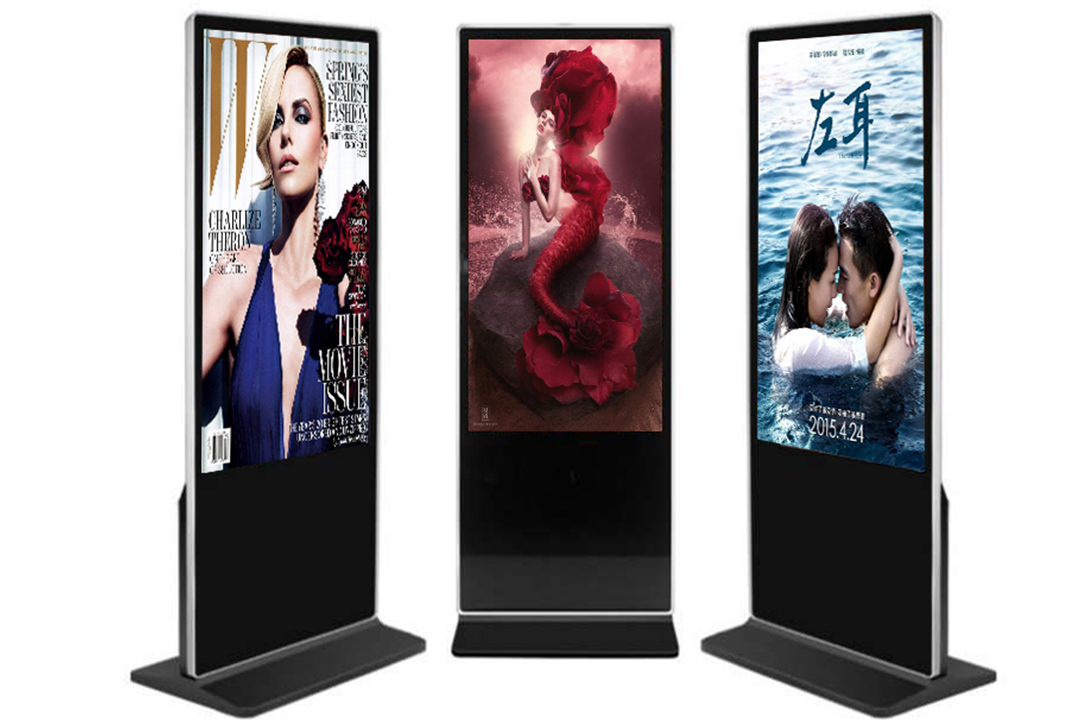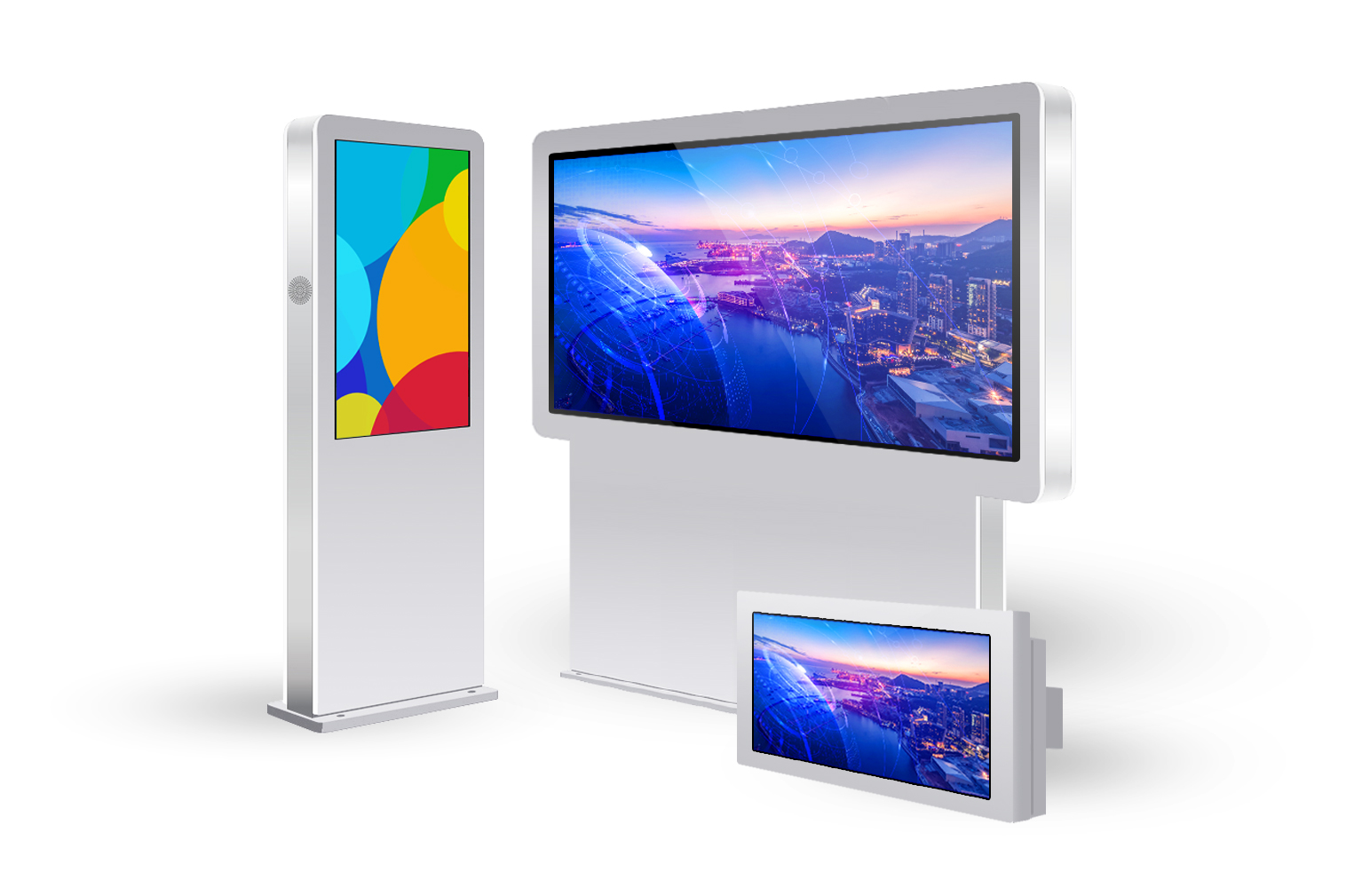
How to solve the left and right color tone problem of splicing screen?
With the development of the high-tech era, the use of LCD splicing screen displays has become increasingly popular. However, because the user does not know the internal structure of the large screen of the LCD video wall, there are many problems in the use of the LCD video wall, and it is also one of the common problems that the black on the left and right of the display screen is not well adjusted. How to solve the problem if the black on the left and right sides of the LCD video wall display is not good?
Let FVASEE experts teach you to solve the problem of left and right black screen of LCD splicing screen:
Step 1: Check if the graphics card is overclocked. If the graphics card is overclocked, irregular, intermittent stripes will generally appear. At this time, the overclocking amplitude should be appropriately reduced. Note that the first thing to do is to lower the memory frequency.
Step 2: Check whether the connection between the LCD splicing screen and the graphics card is loose. Poor contact will lead to the appearance of “clutter” and “clutter”-shaped screen is the most common phenomenon.
Step 3: Check whether the resolution or refresh rate of the LCD splicing screen is set too high. The resolution of the LCD splicing screen is generally lower than that of the monitor. If it exceeds the optimal resolution recommended by the splicing screen manufacturer, the phenomenon of blurred screen may occur.
Step 4: Check if an incompatible graphics card driver is installed. This situation is generally overlooked, because graphics card drivers are updated faster and faster (especially NVIDIA graphics cards), and some users are always eager to install the latest version of the driver. In fact, some of the latest drivers are either beta or optimized for a particular graphics card or game, and using these drivers can sometimes lead to blurry screens. Therefore, it is recommended that you try to use the driver certified by Microsoft, preferably the driver provided by the graphics card splicing screen manufacturer.
How to solve the left and right color tone problem of splicing screen?
With the development of the high-tech era, the use of LCD splicing screen displays has become increasingly popular. However, because the user does not know the internal structure of the large screen of the LCD video wall, there are many problems in the use of the LCD video wall, and it is also one of the common problems that the black on the left and right of the display screen is not well adjusted. How to solve the problem if the black on the left and right sides of the LCD video wall display is not good?
Let FVASEE experts teach you to solve the problem of left and right black screen of LCD splicing screen:
Step 1: Check if the graphics card is overclocked. If the graphics card is overclocked, irregular, intermittent stripes will generally appear. At this time, the overclocking amplitude should be appropriately reduced. Note that the first thing to do is to lower the memory frequency.
Step 2: Check whether the connection between the LCD splicing screen and the graphics card is loose. Poor contact will lead to the appearance of “clutter” and “clutter”-shaped screen is the most common phenomenon.
Step 3: Check whether the resolution or refresh rate of the LCD splicing screen is set too high. The resolution of the LCD splicing screen is generally lower than that of the monitor. If it exceeds the optimal resolution recommended by the splicing screen manufacturer, the phenomenon of blurred screen may occur.
Step 4: Check if an incompatible graphics card driver is installed. This situation is generally overlooked, because graphics card drivers are updated faster and faster (especially NVIDIA graphics cards), and some users are always eager to install the latest version of the driver. In fact, some of the latest drivers are either beta or optimized for a particular graphics card or game, and using these drivers can sometimes lead to blurry screens. Therefore, it is recommended that you try to use the driver certified by Microsoft, preferably the driver provided by the graphics card splicing screen manufacturer.
Step 5: Check the quality of the graphics card. If there is a problem of blurred screen after replacing the graphics card, if the previous tricks fail to work, you should check whether the anti-electromagnetic interference and electromagnetic shielding quality of the graphics card pass the test. The specific method is to install some components that may generate electromagnetic interference as far as possible from the graphics card (such as hard disk), and then check whether the blurred screen disappears. If it is determined that the electromagnetic shielding function of the graphics card is not enough, the graphics card should be replaced, or a self-made shielding cover should be used.
Step 5: Check the quality of the graphics card. If there is a problem of blurred screen after replacing the graphics card, if the previous tricks fail to work, you should check whether the anti-electromagnetic interference and electromagnetic shielding quality of the graphics card pass the test. The specific method is to install some components that may generate electromagnetic interference as far as possible from the graphics card (such as hard disk), and then check whether the blurred screen disappears. If it is determined that the electromagnetic shielding function of the graphics card is not enough, the graphics card should be replaced, or a self-made shielding cover should be used.






